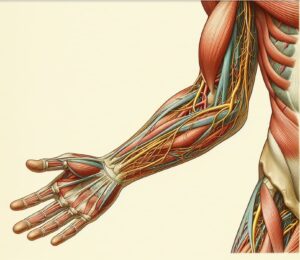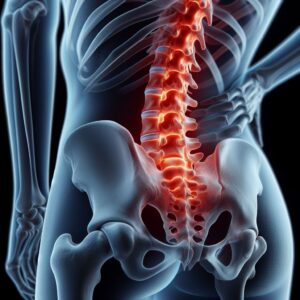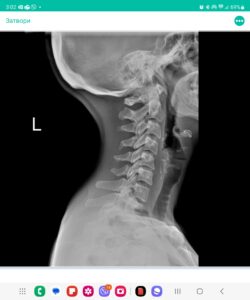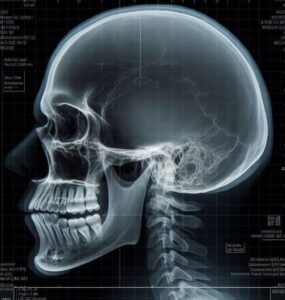
Dr. Petya Stefanova
Teacher
Assistant at the Faculty of Medicine at Sofia University and resident physician in Neurology at Sofiamed University Hospital.
Въпроси
Резюмета
Видеа
Аудио
Какво означава дисдиадохокинезия в контекста на неврологичния статус?
септември 24, 2023
Какви видове нистагъм могат да се наблюдават?
септември 24, 2023
Какво включва абревиатурата “DANISH”, с която се означават симптомите на церебеларна увреда?
септември 24, 2023
Кое определение най-точно описва термина атаксия?
септември 24, 2023
Which type of general sense is responsible for detecting pressure and vibration in the body?
септември 19, 2023
Is the spinal cord considered part of the peripheral nervous system?
септември 11, 2023
What is the purpose of testing superficial sensations during a neurological examination?
септември 11, 2023
Which sensation is typically assessed using a cotton ball or brush during a neurological examination?
септември 11, 2023
Why is it important to compare sensations bilaterally during a superficial sensation examination?
септември 11, 2023
Which area of the body corresponds to the L5 dermatome in neurological assessments?
септември 11, 2023
Which region of the hand is primarily innervated by the median nerve in neurological assessments?
септември 11, 2023
Clinical Case Question: A patient is experiencing numbness and tingling in the thumb, index finger, middle finger, and half of the ring finger. Which condition is commonly associated with these symptoms?
септември 11, 2023
What characterizes radicular syndrome in a patient’s presentation?
септември 11, 2023
Clinical Case Question: A patient reports progressive weakness, tingling, and numbness in both hands and feet. What condition is most likely causing this polyneuropathic syndrome?
септември 11, 2023
Which anatomical structures constitute the peripheral nervous system (PNS)?
септември 11, 2023
What is the primary function of ganglia, a crucial component of the peripheral nervous system (PNS)?
септември 11, 2023
The darker area indicated with an arrow is:
септември 2, 2023
The darker area indicated with an arrow is supplied by:
септември 2, 2023
Which symptoms will most probably be observed in a patient with the following CT image?
септември 2, 2023
What is the key anatomical difference between the external and internal carotid arteries?
август 22, 2023

Q 2.1. Peripheral Nervous System Disorders. Classification. Neuralgia, mononeuritis, plexitis. Treatment.
февруари 2, 2024
Understanding Neuropsychological Evaluations: What to Expect
февруари 25, 2025
Невропсихологическо изследване – индикации, провеждане и резултати
февруари 24, 2025
Невропсихологическо изследване – индикации, провеждане и резултати
февруари 24, 2025



